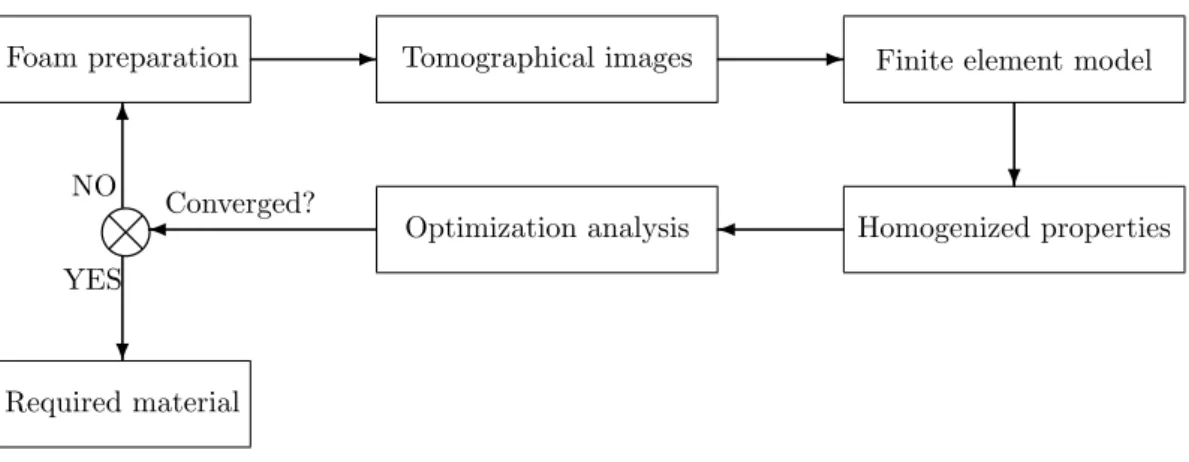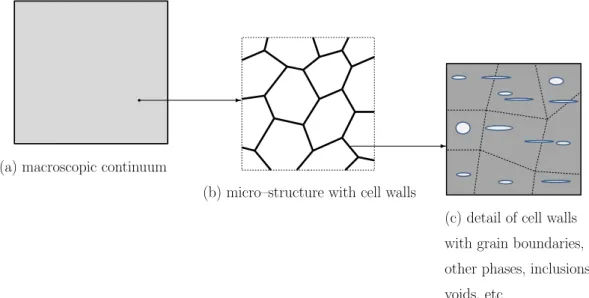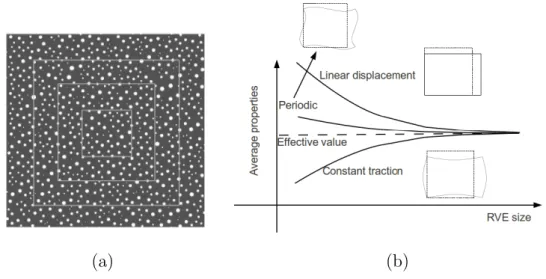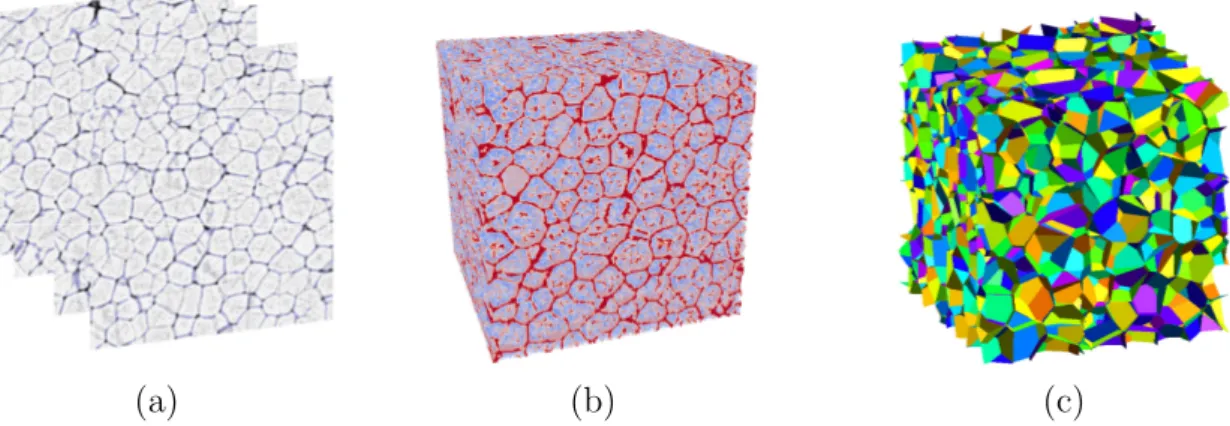Computational homogenization of cellular materials capturing micro-buckling, macro-localization and size effects
Texte intégral
Figure




Documents relatifs
Functions depending on the space ( x and y ) where dis- cretized by employing 101 nodes, whereas functions of time were integrated using also a coarse description involving 101
Sab, Homogenization of thick periodic plates: application of the Bending-Gradient plate theory to folded core sandwich panel, submitted (2011).
Keywords: Asymptotic numerical method, Nonlinear homogenization, Multiscale finite element method, Long fiber composite, Microbuckling, Loss of ellipticity.. ∗ Correspondence to
In the multiscale finite-element solution scheme, we utilize cohesive interface elements to represent the material layer at the macro level and a micromorphic finite-element
● Integration and handover between MySlice and experiment control tools such as NEPI and OMF will be developed Table 5: MySlice enhancement in 1
Nevertheless, they consider only the constraints with closed intervals and do not deal with general timed languages (i.e. B¨ uchi timed languages). [9] also considers
En conclusion, le lien que l’indice de la santé ressentie établit avec le score de stress ainsi que sa variabilité en fonction du niveau d’études et du score EPICES font de
The ACCMIP simulations (Table 1) consist of time slice ex- periments (for specific periods spanning 1850 to 2100 with a minimum increment of 10 yr) with chemistry diagnostics,

